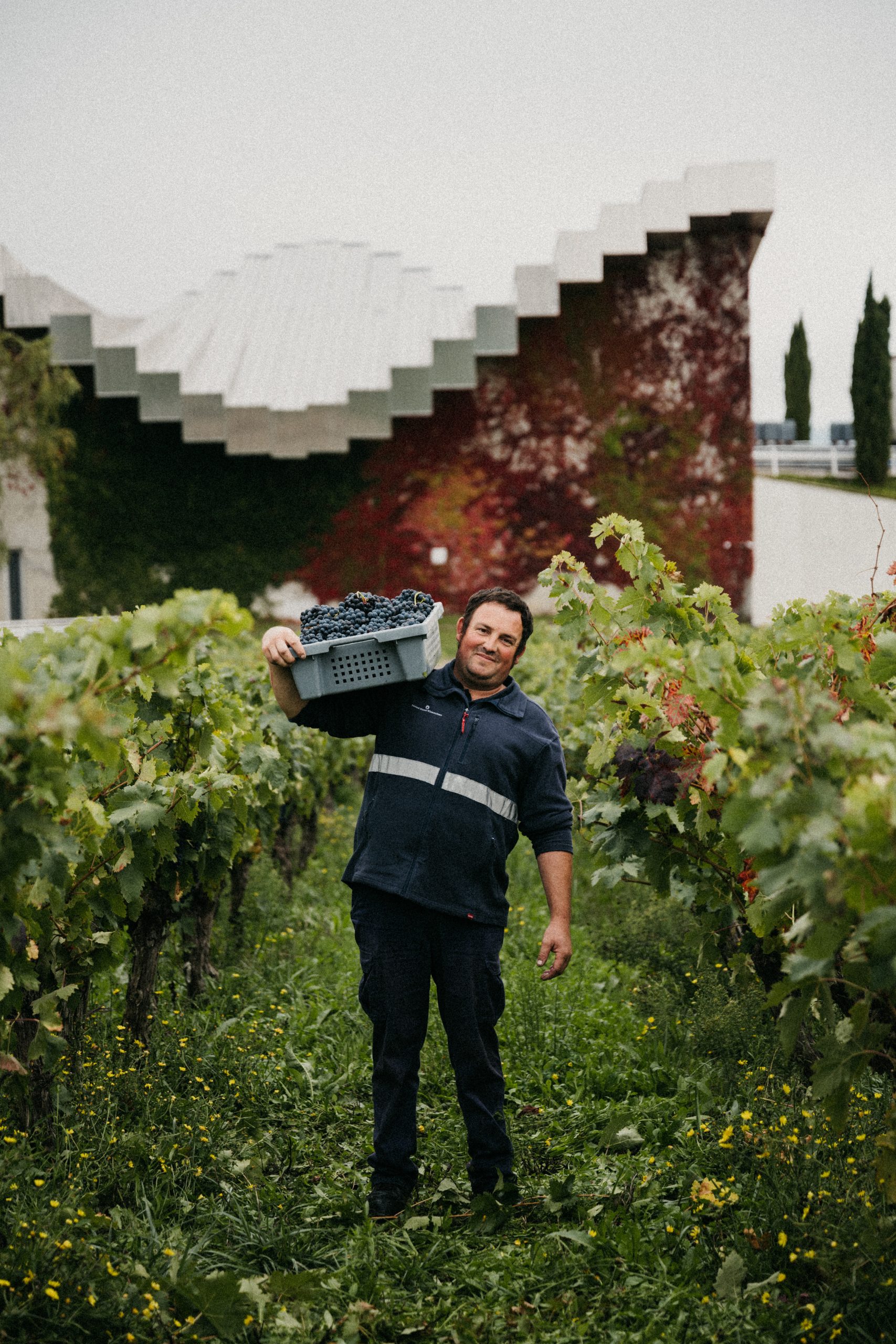In focus: Argentine sparkling wine
In association with Wines of Argentina, the drinks business profiles the country’s sparkling wine industry and explores the latest trends, including the growth of traditional method and use of non-traditional grapes.
While sparkling wine has been produced in Argentina since the 19th century, it wasn’t until the mid 20th century that production began to ramp up. In 1959 Champagne house Moët & Chandon selected Mendoza as the location for its first overseas subsidiary. Now there are approximately 160 wineries producing sparkling wine in Argentina, the majority in Mendoza and a few in Neuquén, Rio Negro, San Juan and Chubut.
Tank method wines remain the most widely produced, but a growing number of producers are now making traditional method wines, including Chandon Argentina, Bodega Cruzat, Casa Bianchi and Alma 4, among others.
Only around 5% of the total volume produced is exported, something many producers are looking to address. Andres Heiremans, general manager of Bodega Cruzat, says: “Eighty per cent of our wines are sold in Argentina, and the remaining 20% goes to 16 export markets. Our aim is to grow our global presence.”
Roberto Meli, export manager of Bianchi, believes a personal touch is required to introduce consumers to the quality of Argentine sparkling. “The key is going to be presenting our wines directly to people and getting them to try them,” he says.
Juan Pablo Giménez, brand ambassador for Pascual Toso, adds: “For sparkling wine you’ve got to think long-term. To build a classic wine will take decades.”
As well as tackling export markets, other trends include making wines from non-traditional grape varieties; exploring the potential and effect of high altitude; experimenting with different lengths of lees ageing; and making fizz in emerging wine regions, including Chubut in Patagonia.
Partner Content
Producers such as Alma 4 (a group of four friends, Liceo Agricola y Enologico graduates), and winemaker Constanza Gaitieri of Malpensado are testing the boundaries, using grape varieties like Bonarda, Viognier and Syrah to make sparkling wine. Alma 4 is also exploring the length of lees time needed to achieve the best result for each grape variety. Agustín Lopez says: “We want to know our limits. We’ve produced a Chardonnay from 2012 with 70 months’ lees contact. It’s not common to have long periods of lees ageing in Argentina, but we see it as the way to go.”
Chandon Argentina, which already produces a range of extended lees-aged vintage wines under its Baron B label, is researching the effects of altitude on its fizz. Senior winemaker Gustavo Sanchez, is confident about the potential for vineyards located at 1,500 metres and above.
“In a one-hour drive you can go from a north African climate to that of Champagne,” he says. “This offers the possibility to produce many styles of sparkling wine with the temperature dropping 0.8ºC for each 100m you climb.”
Producers in emerging regions such as Chubut also see the potential of sparkling wine. Chubut’s Casa Yagüe and Bodega Otronia are both experimenting with traditional method sparkling wines, having recently released their first still wines.




